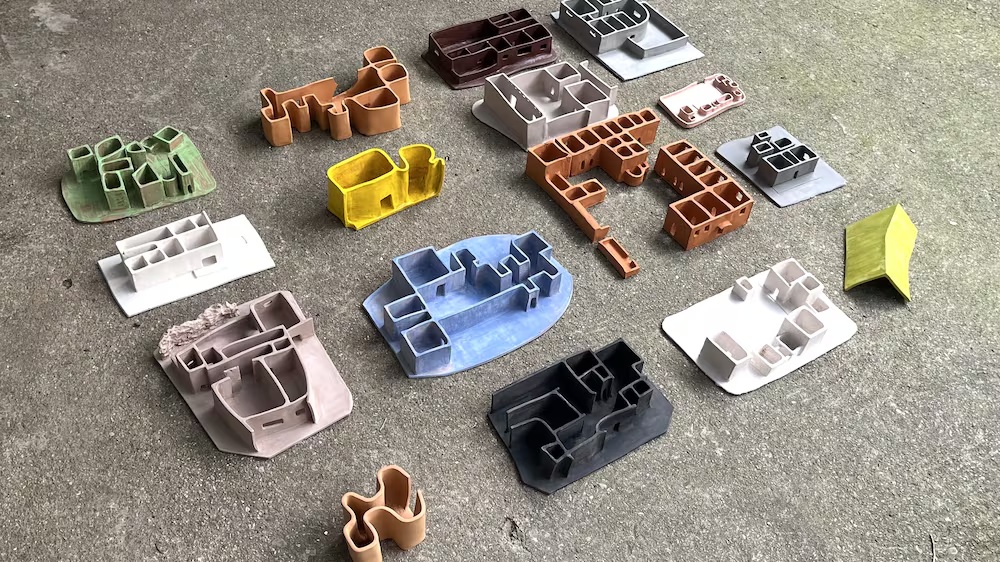Razmig Bedirian When Sammy Zarka visited a Roman-era farm villa in southern France in October, he found a perplexing quality in its 2,000-year-old mosaics. The Syrian architect was visiting the archaeological site in Loupian, near Montpellier, to prepare artwork for an annual exhibition at the villa’s museum. Zarka had initially sought to create something to reflect on “the imagined notion of oneself through archaeology,” he says.
However, he reconsidered the project once he saw the mosaics and learnt more about their history. The villa’s mosaics seemed out of place in France. They featured vine motifs and geometric patterns that, to Zarka, seemed familiar.

The mosaics, Zarka later discovered, were made by Syrian artisans. This revelation glossed the mosaics with a poetic sheen. Here was the work of artisans who had travelled thousands of kilometres at a time when such distances seemed untraversable, and they had brought pieces of Syria with them to France.
The discovery prompted Zarka to ask himself: “Who are the Syrians who live here now?” “There are Syrians all over the world, right?” he asks, adding that he anticipated having no trouble finding a community of Syrians who lived in the area. Sure enough, Zarka met 15 Syrian families who lived in Loupian and its surrounding area. “I interviewed them spontaneously, not knowing what I was going to work on.
” The interviews left a marked impact on Zarka. “It was already a very emotionally charged period,”.























